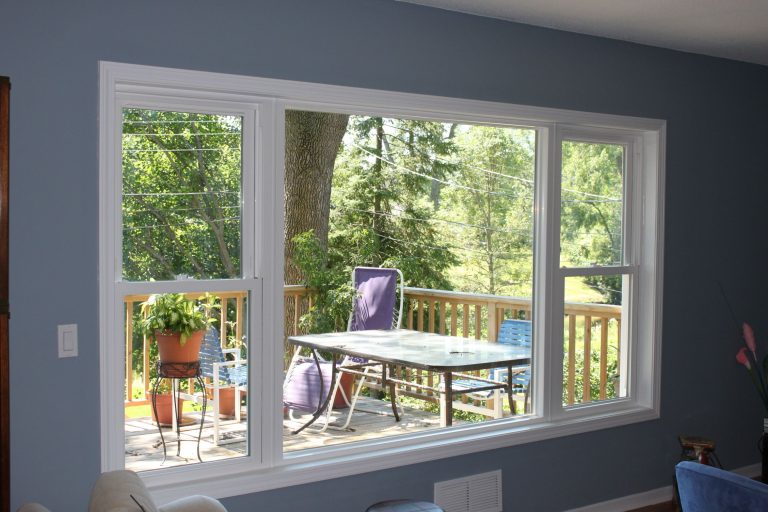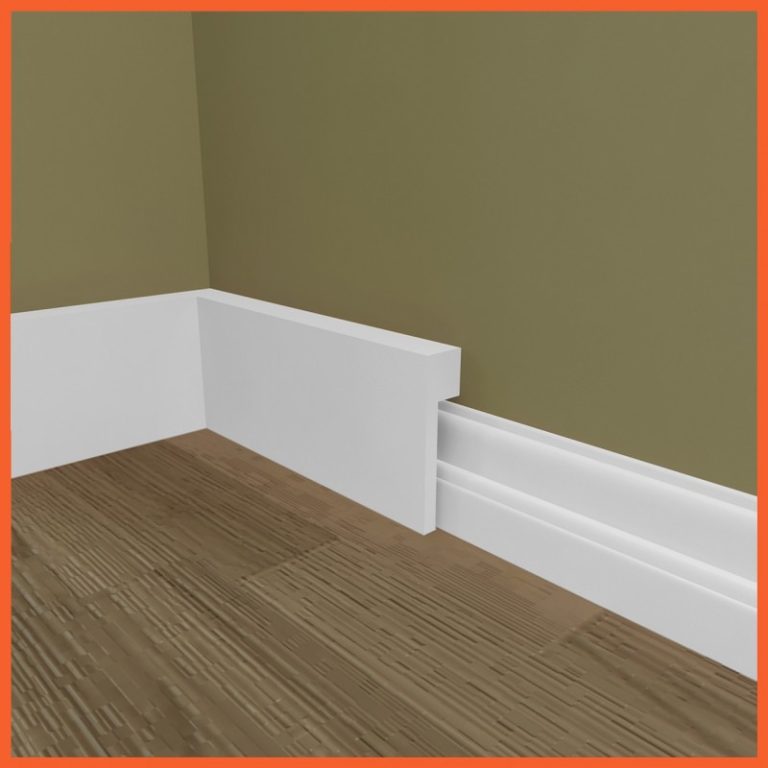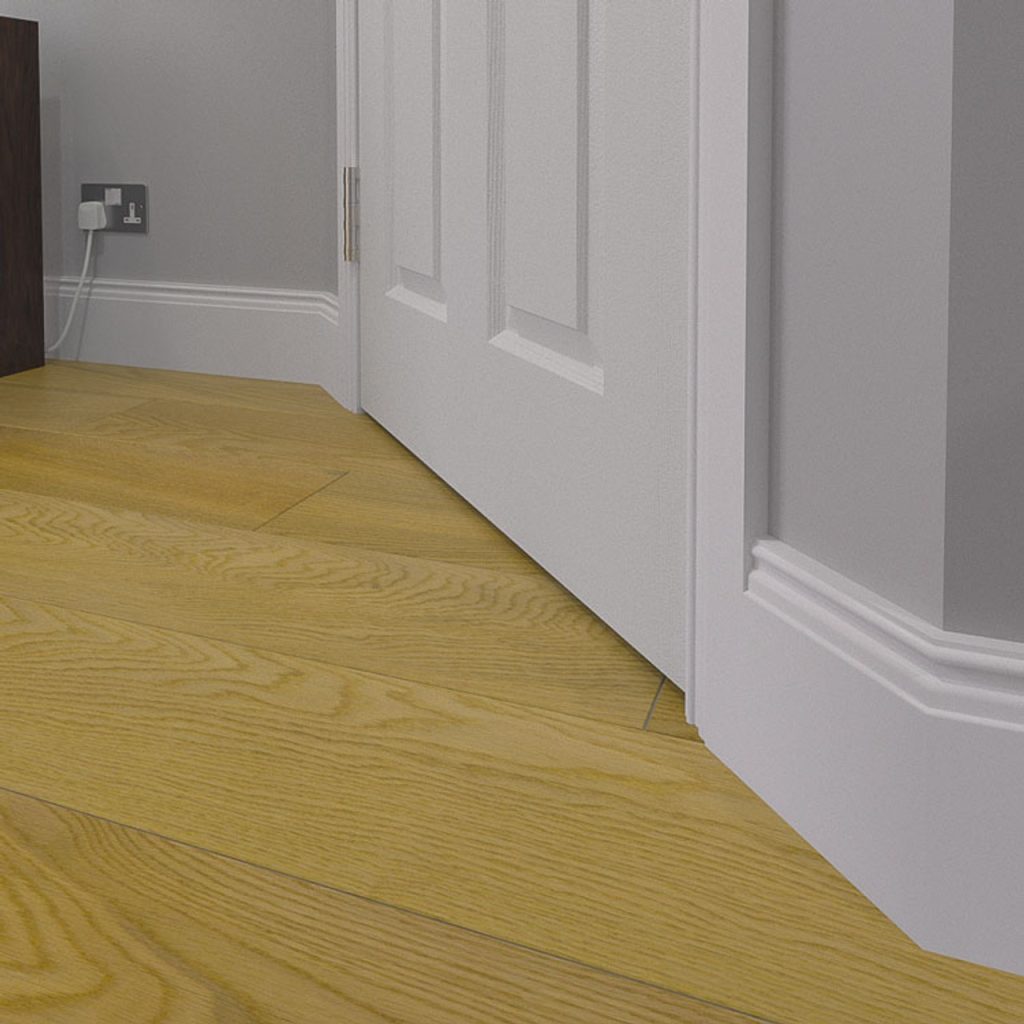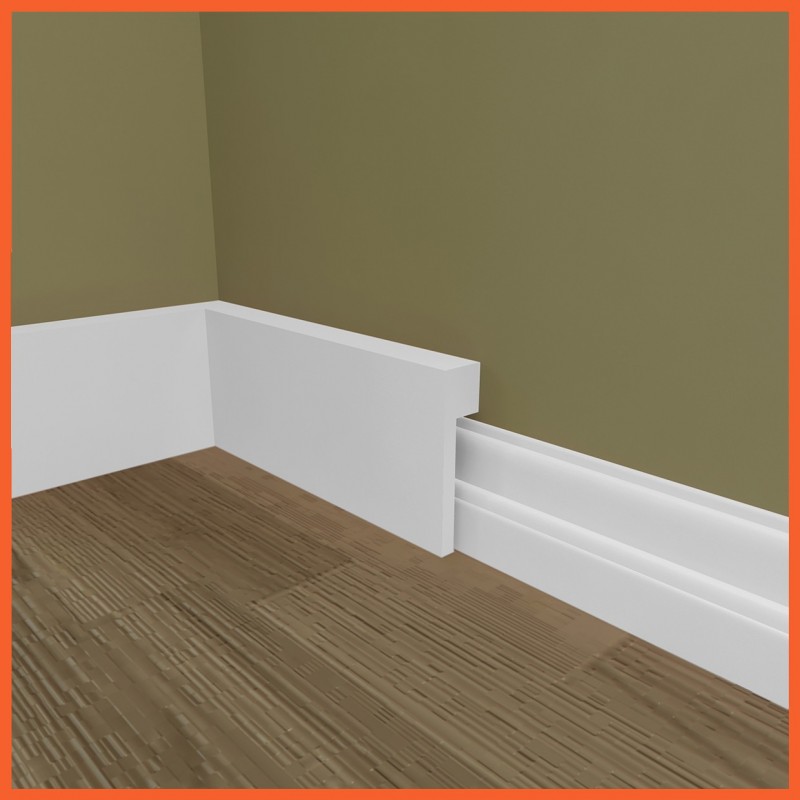Revitalize Your Home: Window Replacement 101
Windows play a crucial role in the aesthetic appeal, energy efficiency, and overall functionality of your home. If you’re a homeowner considering window replacement in Kungälv or any other location, it’s essential to be well-informed before embarking on this significant upgrade. This guide will walk you through the fundamentals of window replacement, providing valuable insights that every homeowner should know.
1. Assess Your Needs and Goals
Before diving into the world of window replacement, take the time to assess your specific needs and goals. Consider factors such as energy efficiency, maintenance requirements, and the architectural style of your home. Understanding your priorities will guide you in selecting the right type of windows for your unique situation.
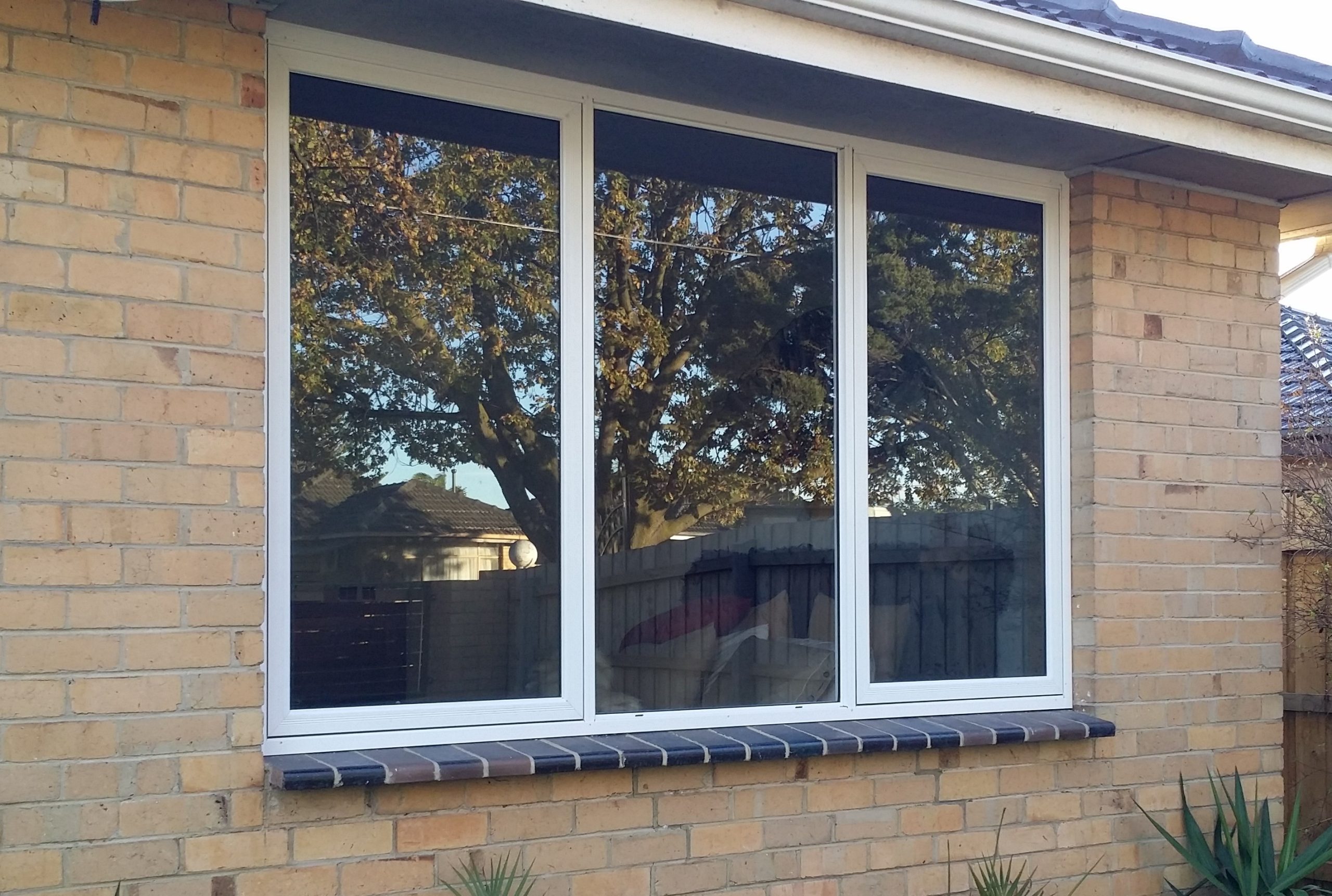
2. Types of Replacement Windows
There are various replacement windows types, including double-hung, casement, sliding, and bay windows. Each type has its own set of advantages and considerations. Research the characteristics of each style to determine which one aligns best with your preferences and requirements.
3. Energy Efficiency Matters
Modern advancements in window technology have significantly improved energy efficiency. Look for windows with high energy performance ratings, such as ENERGY STAR certified products. Investing in energy-efficient windows reduces utility bills and contributes to a more sustainable and eco-friendly home.
4. Materials: Vinyl, Wood, or Aluminum?
Window frames come in different materials, each with its own set of pros and cons. Vinyl frames are low-maintenance and cost-effective, wood frames offer a classic look but may require more upkeep, while aluminum frames are durable and lightweight. Consider your budget, maintenance preferences, and climate when choosing the right material for your replacement windows.
5. Professional Installation is Key
Even the highest-quality windows won’t perform optimally if installed incorrectly. Hiring a professional for the installation ensures that the windows are fitted precisely, maximizing their energy efficiency and longevity. Look for reputable window replacement services in Kungälv or your local area with a track record of quality installations.
6. Understanding the Cost
The window replacement cost can vary based on factors such as the type of windows, materials, and installation fees. It’s crucial to establish a budget and obtain quotes from multiple contractors. Remember that investing in quality windows is a long-term benefit that can enhance your home’s value.
7. Warranty and Maintenance
Check the warranty offered by the window manufacturer and installer. A comprehensive warranty can provide peace of mind regarding potential issues in the future. Additionally, please inquire about the maintenance requirements of your chosen windows to ensure they align with your lifestyle and preferences.
8. Local Regulations and Permits
Before initiating any window replacement project, be aware of local regulations and obtain the necessary permits. Compliance with building codes ensures that your project meets safety standards and can save you from potential legal issues.
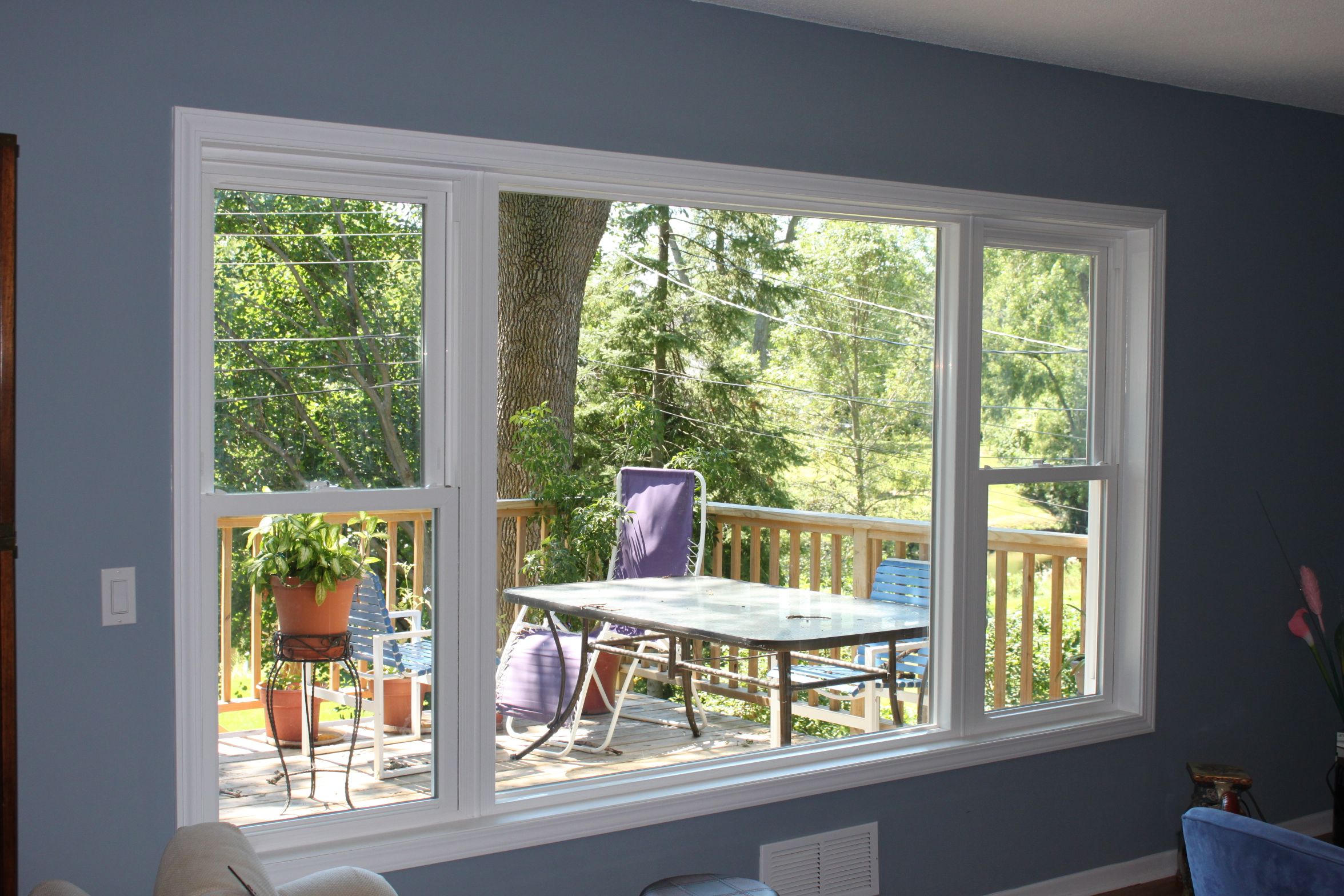
In conclusion, window replacement is a significant investment that can transform your home’s appearance and functionality. You can embark on a successful window replacement journey by understanding your needs, exploring the various options available, and working with reputable professionals. Keep these key considerations in mind to make informed decisions that will benefit your home for years to come.


